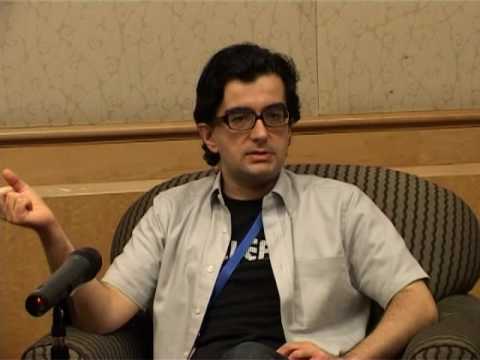Champion Team Vs Team Of Champions

If it is possible for you to build a champion team full of champion people, then do it! This is the realm of total domination in the market and the aspirational “gold standard”.
But for most organisations, the top talent, the superstars and the rainmakers are not in abundant supply. Let’s be honest, there aren’t many of them in the first place! That’s what makes them exceptional.
For the vast majority of organisations, creating a champion team full of the right mix of people, who can then be developed into high performers, is the next best approach.
There are two other scenarios worth mentioning. Firstly, a dysfunctional team full of the wrong people. Surely this needs no explanation but you may well have one of these. This scenario is a sure-fire way of creating mediocre performance and significant management drain.
Also, beware of a functional team full of champions. On the surface this looks pretty handy. The people are strong and the team culture isn’t broken.
However, my theory suggests that a team of champions not working together in an optimal manner is less effective than a team of good players who are working together in an optimal manner.
So given that most companies won’t have superstars in abundance, this is surely the goal.
How can you create a champion team?
Here are some guidelines.
Vision
A winning vision that is more than just words written on the wall of conference room can coalesce a group of ‘lone wolves’ into a highly collaborative team. The essence here though is that the vision must permeate the DNA of the organisation.
The leader lives and breathes it, communicates it relentlessly and reinforces it until it sticks. Getting the right vision is a critical piece, of course, but people gel around a common identity to follow.
Leadership
Leadership is not a fancy title or a position of authority. Leadership is the ability for a person to rally the troops for battle, to inspire and empower people to be and do more.
Leaders not only lead but also are followed, whereas managers may merely be tolerated not followed. Leadership creates a champion team where all of the players are pulling in the same direction.
Culture
This is probably one of the most important aspects of creating a champion team. Culture is just so important that it pulls all of the other variables together.
Getting clear on exactly what the right culture needs to be and then working out how to drive this through the team is time well invested.
There are some factors that are important to consider. Firstly, the culture must be aligned to the attainment of business objectives and revenue targets. Secondly, every person on the team must contribute to the culture and thrive from being a part of the culture, including the leaders.
There is no place on the team for people who don’t meet those two criteria. People who can’t contribute to the culture will end up diluting it, and those who are not thriving from the culture are not the right fit.
Both of these scenarios will create fractures. Once the culture is clear, recruit people who fit into the culture, as this makes personnel selection easier.
Values
Having a set of values that the champion team upholds gives each team member a compass to navigate. While culture can be quite intangible, values are highly tangible.
They offer a roadmap for people to follow and a sanity check against which to base decision-making. Values can be reinforced and communicated. They also provide a bearing to drive behaviours.
Behaviours
Ultimately, action is the precursor for execution and results. Define the behaviours and actions that create optimal results and that are aligned to the culture.
Ensure that these behaviours are understood and weaved into the fabric of the salesperson’s role. Behaviours that create optimal results benefit the organisation just as they benefit the individual.
However, not all teams have taken the time to define these and implement them into their organisation. Don’t miss this; behaviours become habitual and reinforcing strong habits creates a strong culture of success. This is a nice feedback loop.
However, behaviours and skills, while desirable, are not necessarily easy to do and people need equipping to succeed.
Sales development and equipping
Developing, empowering and upskilling your sales force is a relentless pursuit. It doesn’t stop. Unfortunately, for some organisations it doesn’t even start!
Champion teams constantly refine and improve their skills. It is the same in sports. A sports club wouldn’t dream of fielding their team without adequate preparation – so why should your sales team be any different. Champion teams win, and winning teams prepare and practise until high performance is the norm.
Parting thoughts
This is an intricate balance of talent, capability and culture, which, when fine-tuned within your unique organisation, can create a self-perpetuating cycle.
Well-developed and managed talent creates strong execution capability that positively impacts on culture. In turn, strong culture attracts great talent and great talent enables strong capability.
Related articles:
Mike Adams is a senior faculty of Leaderonomics focusing on helping Sales teams in organisations become more effective and achieve high performance. If you would like to inquire about leveraging Mike for your organisation, email training@leaderonomics.com or contact ian.lee@leaderonomics.com. For more Consulting Corner articles, click here.
Functional






